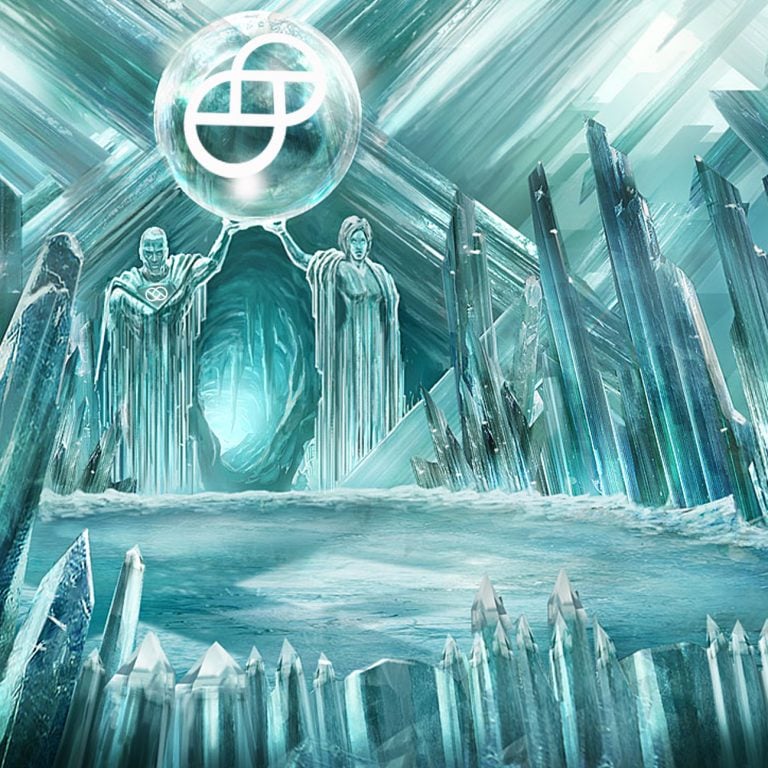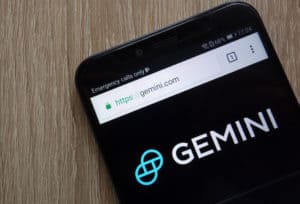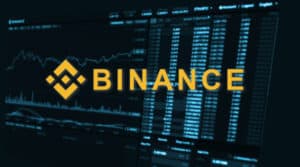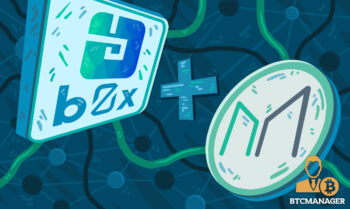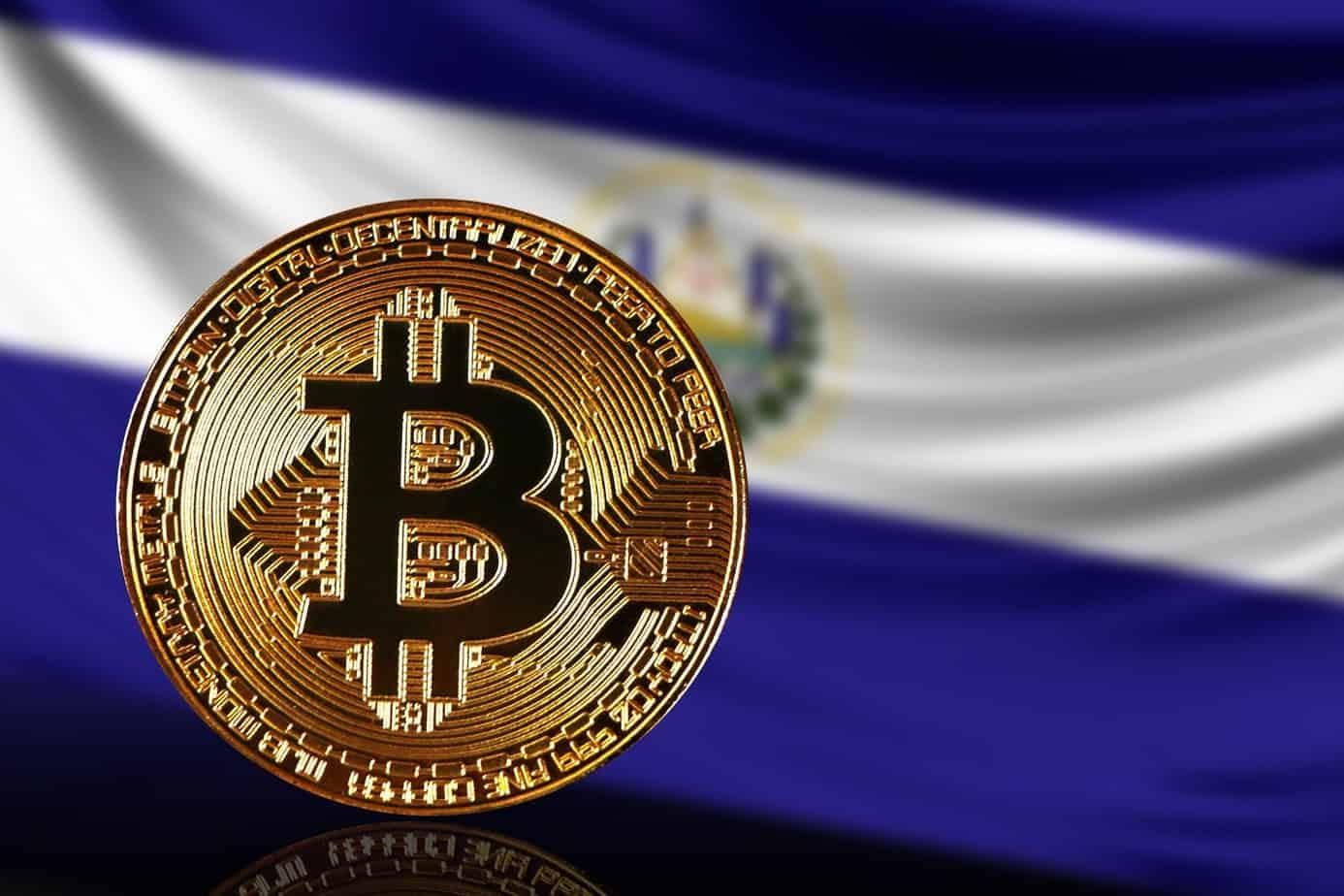2018-11-19 22:33 |
Havven, a PayPal-like crypto payment network based on the blockchain technology, is getting ready to make its next big move. So far, the payment network managed to put its Havven coin (HAV) on Ethereum blockchain. Now, however, they have a stablecoin as well, and the plan is to put both Haven token and Nomin stablecoin on EOS' blockchain.
About HavvenAs mentioned earlier, Havven was created to be a modern, decentralized payment network that will be self-sufficient and will allow users to store and transfer money without having to use fiat currencies. According to its white paper, Havven aims to be a decentralized version of payment systems such as PayPal or SWIFT. As a result, it will provide faster service with lower fees, as most costs regarding centralized services are simply there to allow companies to make a profit.
Havven will use its own HAV token, which backs the value of Nomin, which is the Havven network's secondary currency. Nomin is a stablecoin, and as all stablecoins, it aims to be a digital currency that doesn't suffer from volatility issues.
Right now, Havven only has one type of Nomin, called the nUSD. In the future, however, the project will have numerous nomins, such as nEURO, nAUD, nKRW, nJPY, and nXAU.
How Does Havven Compare To Other Stablecoins?These days, there is no lack of different stablecoins, with most of them being backed by fiat currencies. This means that the company that has issued the coin needs to be able to back every single token with an appropriate amount of government-issued currencies. For USD-backed coins, this usually means that 1 coin has the same value as $1, which is something that can never change.
However, this method of backing a coin requires a lot of trust, as users need to be able to trust the company to always have each coin backed. If the company issuing the coin cannot ensure this, the coin's price will likely experience volatility,
Another method is cryptocurrency-collateralized stablecoin, which solves the issue of having to trust centralized entities. However, another problem emerges, where cryptos themselves suffer from volatility. No matter how many coins issuers are using to back their stablecoin, there is no guarantee that their price will not drop low enough for the stablecoin to lose its own value.
Finally, there are non-collateralized coins, which are trying to control their own money supply in order to affect the market price. In other words, if its value starts to drop, its controlling entity removes a certain amount of coins from circulation. If the price goes up, additional coins can be released, and so the price is controlled by the number of circulating tokens.
This method can be quite expensive, and it is limited by the reserve capital that is used for buying coins in cases when they need to be removed from the market. Havven uses a process similar to this one, however, it is its network participants who are responsible for mining and burning coins in order to regulate its price.
At first, this system seems pretty complicated. However, it is very simple when broken down into basic components. To put it simply, Havven acts as collateral for Nomins. Havven itself gets value from the fees that the network generates. Since Nomins are always backed by more HAV tokens than necessary, a sudden shift in HAV coin's value will not affect the Nomins and will give the issuer enough time to react.
Havven usually maintains this overcollateralization by using HAV for at least 80% of Nomins. However, in practice, the collateralization ratio is much higher, and it currently sits at 840% for all HAV, and 350% for locked HAV.
This allows nUSD to have a stable price, and the stablecoin has only briefly stepped away from the value of $1 a few times since it was launched in June this year. However, on both occasions, the value quickly corrected itself, and there were no major losses or incidents.
One Stablecoin On Multiple BlockchainsJudging by most of its aspects, Havven is quite similar to a lot of other stablecoins. However, one thing makes it stand out, and that is its soon-to-arrive ability to exist on more than one blockchain. Both HAV and Nomins are to enter EOS blockchain before the year ends, despite the fact that they originate on ETH blockchain. Not only that, but they will also continue to have a presence on Ethereum blockchain as well.
Havven's founder, Kain Warwick, stated that every blockchain requires a stable and scalable medium of exchange that is censorship-resistant. While EOS itself is a great coin, it is too busy supporting numerous dApps created on EOS network. That is why Havven sees the need to create a new payment layer that will improve the EOS ecosystem.
When asked why EOS, Warwick responded by saying that EOS has a developer community that is growing rapidly. At the same time, it can support a large number of transactions, while fees are basically non-existent.
While EOS ecosystem is expected to benefit from this, what will Havven get out of this deal? According to Warwick, Havven will ensure that its success does not depend on the success of a single blockchain. This is a period of uncertainty for this technology, and no one can tell which blockchain will still be operating in a few years.
Because of that, having Havven present on several blockchains will significantly increase the project's chances of surviving whatever the future has in store for it. In addition, Nomins will be called the same on both blockchains, with an extra designation. For example, Nomins on Ethereum blockchain will be called nUSD-ETH, while those on EOS will be named nUSD-EOS.
Furthermore, Havven will drop 50% of HAV-EOS tokens to HAV-ETH holders. That way, early supporters will get a head start once the coin reaches EOS' blockchain.
Finally, Havven hopes that its methods might lead to solving at least some of the issues tied to crypto collateralization. While it already doesn't rely on any central authority for token burning or minting, there are still other issues that lack proper solutions. And, if the coin manages to keep its price stable for a longer period, its network might become a new alternative to some other solutions that currently exist, or are being developed.
origin »Havven (HAV) на Currencies.ru
|
|

